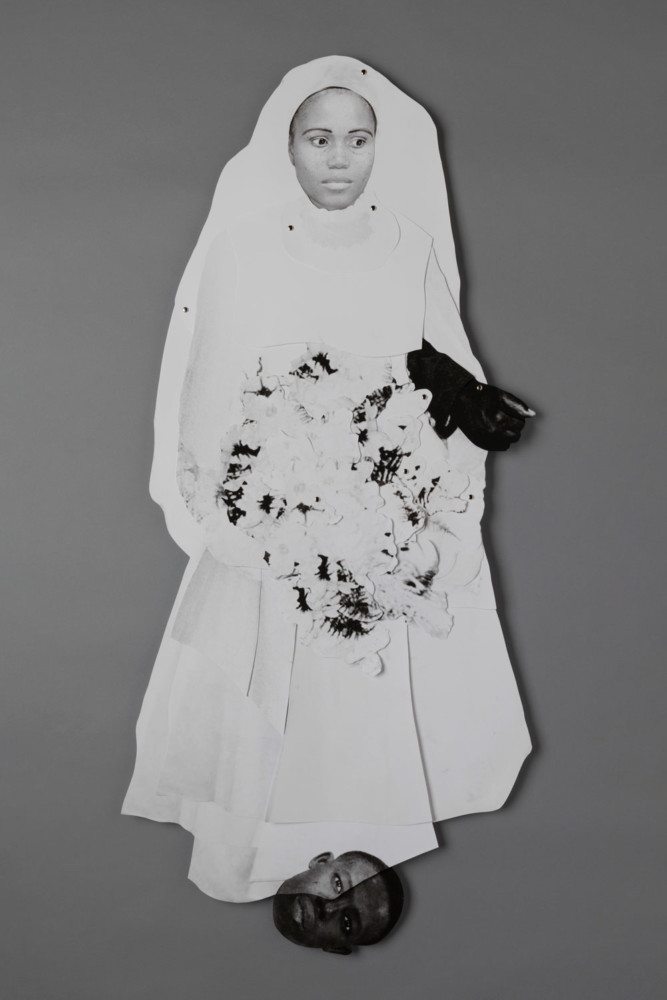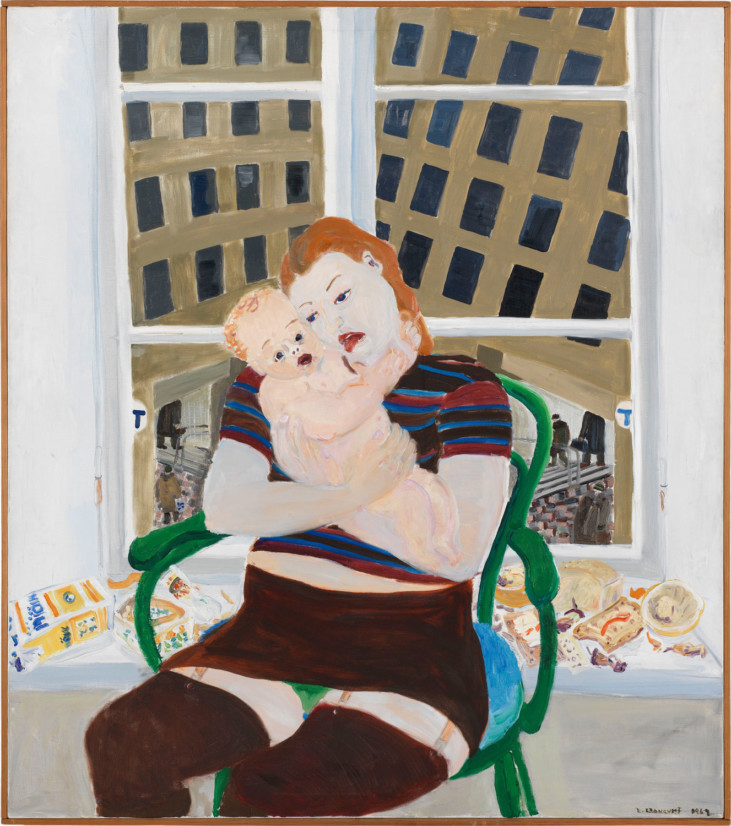
Tora Vega Holmström, Främlingar, 1913–14 Acquired with funds from the Second Museum of our Wishes, Moderna Museet. © Tora Vega Holmström / Bildupphovsrätt 2015
9.11 2010
The Second Museum of Our Wishes: Tora Vega Holmström
In Holmström’s correspondence with the poet and writer Rainer Maria Rilke, the refl ections of a young woman emerge, full of ideas about the essence of art. She is determined to remain single and childless so she can travel and pursue her work. The correspondence was initiated in 1904 after Rilke visited the literary circle at Borgeby castle in Skåne – of which Ellen Key, among others, was a member. Holmström was Rilke’s interpreter during his visit. Around the same time Rilke reviewed Key’s The Century of the Child in the German press.
As part of her work on the painting Strangers from 1913–14, Holmström asked the mother and son of an Italian family of immigrant workers in Stockholm’s harbour to model. The painting was begun in the autumn of 1913 for an exhibition in London the following year. The composition, with the young boy gazing into the future and the statuesque woman, has something monumental about it, while at the same time characterized by rootlessness and vulnerability.
How would a title such as “Strangers” have been perceived in 1910 in Stockholm? A contemporary observer might wonder about its use of exotic features such as elephants and variegated patterns, or about the choice of depicting a bare-chested woman. It is likely, however, that Tora Vega Holmström, together with the modern- ists on the continent, was seriously interested in the “Other” – in the unknown. Many of her works bear witness to a strong interest in other cultures, and several of her most famous works have traces of impressions from her travels through North Africa and Europe.
Rainer Maria Rilke chose to see something strongly prophetic in the composition of the woman and the child. When he a saw black and white photograph of the painting, he immediately wrote down his fi rst impressions, and later formulated them into a letter about “the child who in spite of everything gazes into an alien world with nothing familiar or recognizable in it.”
Tora Vega Holmström’s painting was made just before the war broke out. It was a turbulent time. While the political situation in Europe was becoming increasingly tense, those in intellectual circles were discussing everything from French cubism to a new vision of teaching and child rearing using Ellen Key’s writings as inspiration. The outbreak of the First World War is said to have surprised Rilke during a stay in Germany. His possessions in Paris were confi scated and auctioned off. Shortly after, Tora Vega Holmström’s pen friend was called up by the army.
Tora Vega Holmström born 1880, Tottarp, Sweden – dead 1967.
Read about The Second Museum of Our Wishes
Published 9 November 2010 · Updated 15 February 2016




















